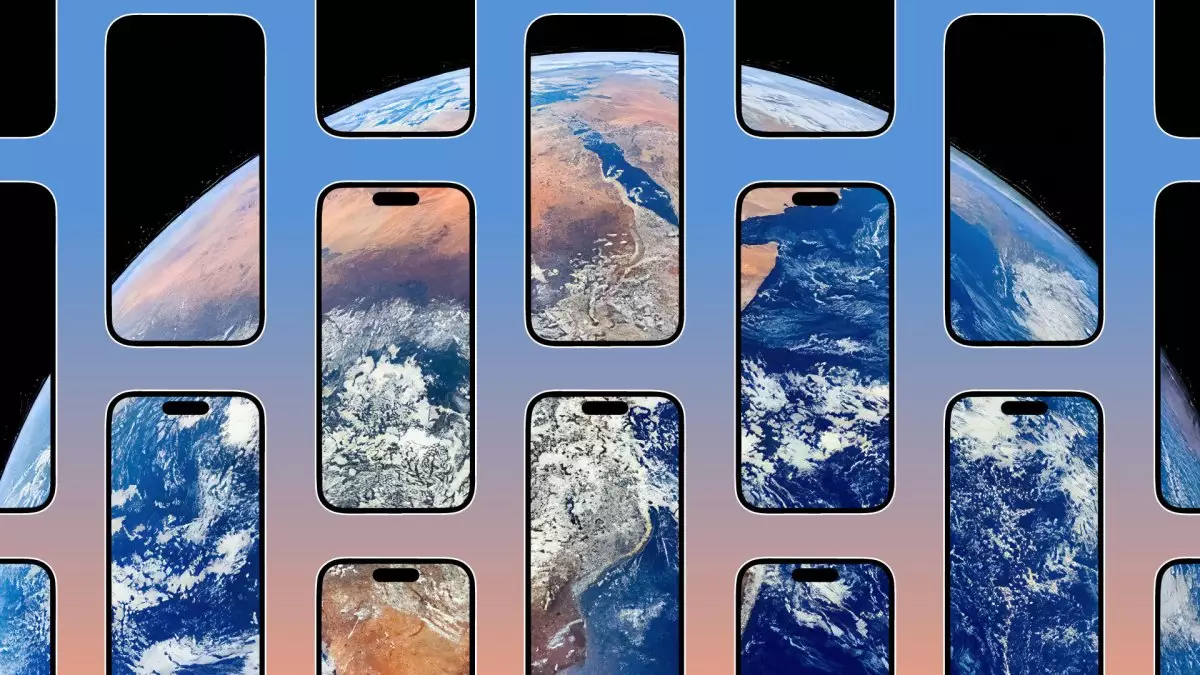Apple’s approach to addressing climate impact has shown a noticeable shift from the previous year’s emphasis on reducing carbon emissions in its products. In a stark contrast to the elaborate promotional campaigns featuring celebrities like Octavia Spencer portraying Mother Nature, Apple’s recent keynote barely touched on the subject. While this doesn’t necessarily indicate a regression in the company’s commitment to sustainability, it sheds light on the challenges of making substantial progress in reducing carbon emissions, even for a tech giant like Apple.
One of the highlights of Apple’s climate initiatives at this year’s event was the expansion of carbon neutral claims to all variations of the Apple Watch, including the higher-end models with recycled titanium cases. However, the fine print reveals that achieving carbon neutrality requires users to select qualifying bands, excluding certain options like the sport bands. This nuanced approach underscores the complexity of attaining true carbon neutrality in product design.
The concept of “carbon neutrality” comes with its own set of challenges, particularly when it comes to sourcing materials and supply chains that rely on fossil fuels. Apple’s reliance on purchasing carbon credits to offset residual emissions raises questions about the effectiveness and integrity of the carbon credit market. While Apple may exercise due diligence in vetting the credits it purchases, the system as a whole requires improvement to ensure transparency and accountability.
A glaring disparity in Apple’s environmental efforts lies in the contrast between the advancements in the Apple Watch line and the lack of significant updates for the iPhone. While the iPhone models now feature recycled content and eco-friendly packaging, the overall impact on carbon emissions remains relatively modest. The latest iPhone 16 Plus reportedly reduced 1 kg of carbon emissions compared to its predecessor, but the baseline iPhone 16 shows no improvement in its environmental footprint.
The strategic decision to prioritize sustainability efforts in the Apple Watch over the iPhone reflects Apple’s calculated approach to product innovation. With the Apple Watch catering to a niche market and requiring fewer resources compared to the iPhone, it presents a more manageable platform for implementing sustainable practices. While Apple has yet to fully commit to renewable energy sources for its suppliers, the trajectory hints at a potential shift towards a greener product line in the future.

